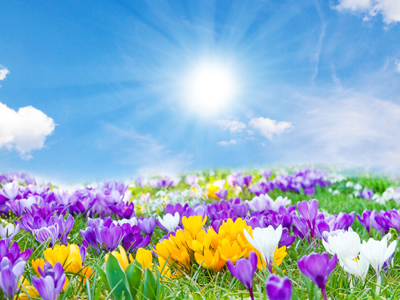
Solar Power
This GCSE Geography quiz will test you on solar power. The increase in world population, increased wealth and technological advances have created an ever increasing demand for energy. In emerging economies, the cheapest and most effective way to obtain this energy is from the unsustainable burning of fossil fuels. In MEDCs, since the end of the twentieth century, there has been a drive towards increasing the amount of energy generated from cleaner and sustainable sources. One of these is to use the energy arriving at the surface of the Earth from the Sun. This form of renewable energy is not available to all countries, either because of their economic status or they don't have high enough levels of sunlight.
Solar power is also known as solar energy and uses the heat and the light from the Sun. As with most forms of renewable energy, the energy is spread out and so it takes large areas of solar collectors to obtain significant amounts.
Ready for more?
not all...
quizzers. Try to win a coveted spot on our Hall of Fame Page.







